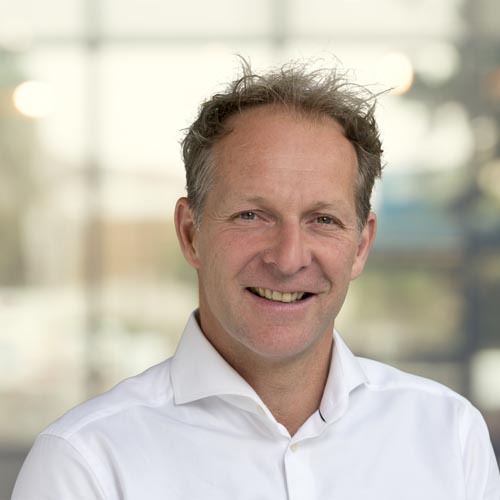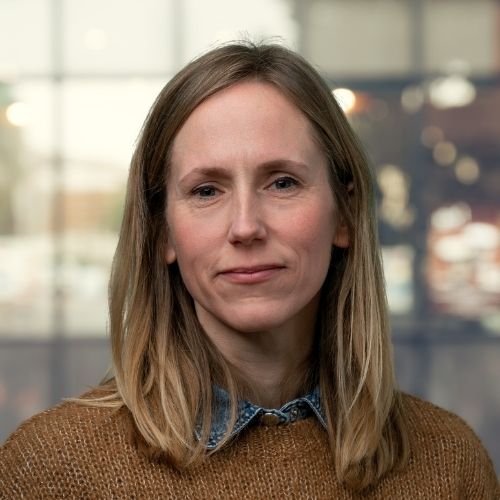
Cabauw: the atmospheric supersite improving our understanding of air and climate
The village of Cabauw in the province of Utrecht is home to a unique measurement station. Here, TNO is working with TU Delft, the Royal Netherlands Meteorological Institute (KNMI), Wageningen University and Research, the University of Groningen, Utrecht University, Vrije Universiteit Amsterdam, and the National Institute for Public Health and the Environment (RIVM) on research into greenhouse gases and particulate matter in our atmosphere. This is helping us gain a better understanding of climate change and air pollution.
In the middle of the ‘Green Heart’ region of the Netherlands, in the village of Cabauw, near Lopik, stands a 213-metre tower. This measurement station is our ‘national atmospheric observatory’ and is celebrating its 50th anniversary this year. KNMI built the tower in the early 1970s at the centre of the Amsterdam-Utrecht-Rotterdam triangle, so it would be able to capture both rural and urban emissions in the Netherlands. The processes that take place in this part of the atmosphere – the few hundred metres closest to the ground – have a particularly significant impact on the weather, the climate, and the spread of air pollution.
The measurement mast in Cabauw was erected over 50 years ago
Cabauw is now more than 50 years old, and this anniversary was marked on 29 September 2023. Over the past 50 years, the site has become one of the most important atmospheric research locations in the world.
The long time series of high-quality measurement data are used to research many current issues. Data from the station can help to answer current and future scientific and policy questions related to climate change, air quality, the energy transition, and biodiversity research. The station also makes an important contribution to the Early Warning Centre (EWC), which provides early warning of extreme weather events.
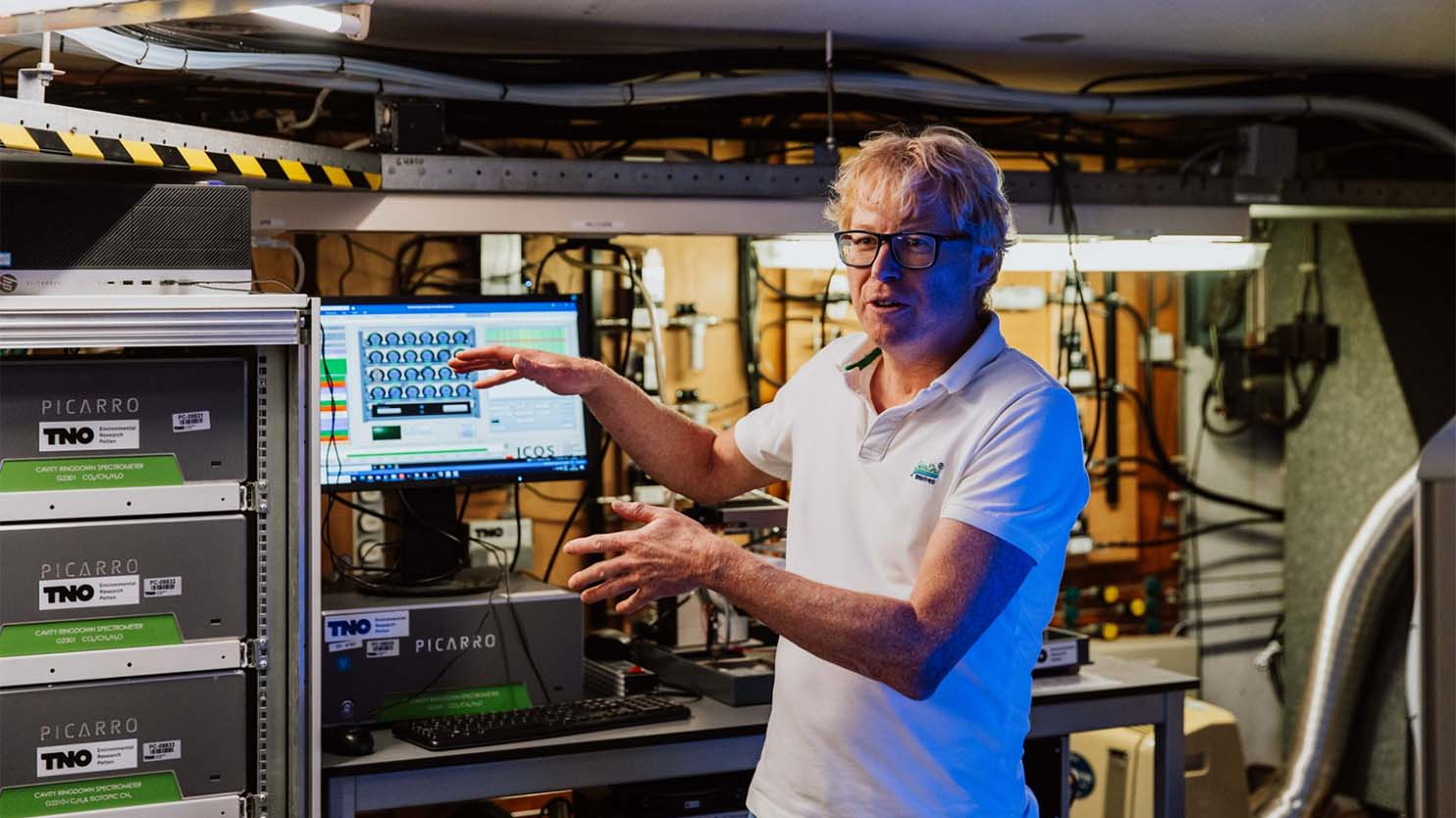
TNO measures greenhouse gases and aerosols in Cabauw
For over 30 years now, TNO has been gratefully taking advantage of this unique research platform to measure greenhouse gases and aerosols, such as particulate matter,
as well as to verify Dutch and European emissions. It is therefore making a key contribution to two European research infrastructures: ICOS, which focuses on measuring and calibrating greenhouse gases, and ACTRIS, which specialises in aerosols, cloud formation, and ‘trace gases’, such as nitrogen oxides and ozone. In the Netherlands, the measurements performed at Cabauw contribute to the Ruisdael Observatory, a nationwide observatory for atmospheric measurements.
‘Cabauw is a unique facility of its kind: As we can measure not only the physical, but also the chemical composition of the atmosphere, we also refer to this research station as an atmospheric supersite.’
Reliable verification of greenhouse gases
In the Paris Agreement, 195 countries made commitments with a view to preventing climate change. Global warming is caused by greenhouse gases in the atmosphere. Concentrations of these gases are now calculated in different places by combining the numbers in the emission records with dispersion models and source maps. To support climate policy, TNO is working on a reliable verification system to map greenhouse gas emissions within a 30-km radius of the site.
Targeted air-quality research
The tower, which also serves as a meteorological measurement mast for KNMI, is equipped with a wide range of sophisticated measuring instruments and sensors, positioned at different heights. This allows scientists to collect data about different layers of the atmosphere. Arms extend in three directions to correct for wind direction. The air measurement mast offers various instruments for measuring aerosols, such as (ultrafine) particulate matter, which means the station provides important data that help tackle (ultrafine) particulate matter in a targeted way and improve air quality in the Netherlands.
‘The results of this collaboration between KNMI and TNO in Cabauw are providing us with important insights into what lies ahead.’
Better understanding of the atmosphere
Over recent decades, the research conducted at Cabauw has already contributed significantly to our knowledge of the atmosphere. Philippe Steeghs, the head of KNMI’s R&D Observations & Data Technology department, is enthusiastic about the collaboration with TNO. ‘The measurements we perform jointly at the Cabauw measurement station are crucial to allow us to interpret and model national emissions, both for greenhouse gases and for air quality. They are very important right now, and will remain so in the future, to help us understand whether our climate measures will achieve net zero emissions, for example. The results of this collaboration between KNMI and TNO in Cabauw are providing us with important insights into what lies ahead’, concludes Steeghs.
Would you like to find out more about air quality and how our measurement methods can contribute to it? If so, please contact Bas Henzing or Paula Bronsveld.
Get inspired
Methane emissions in the North Sea Symposium
Tracking sources of greenhouse gases with satellites
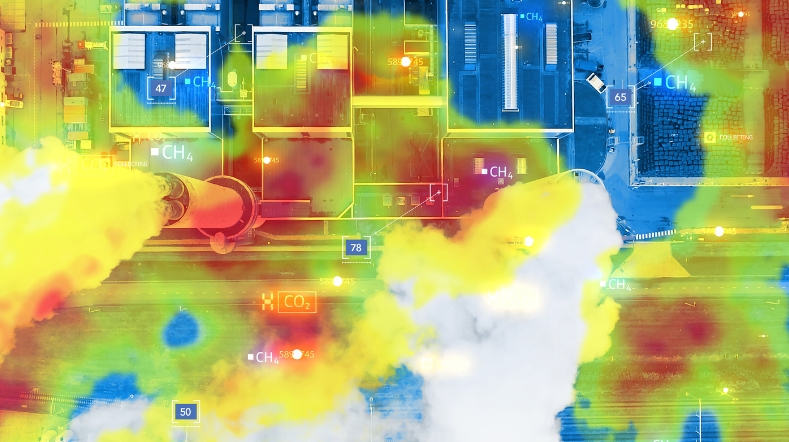

This is our time: Eleonie van Schreven’s work on small satellites with a big impact
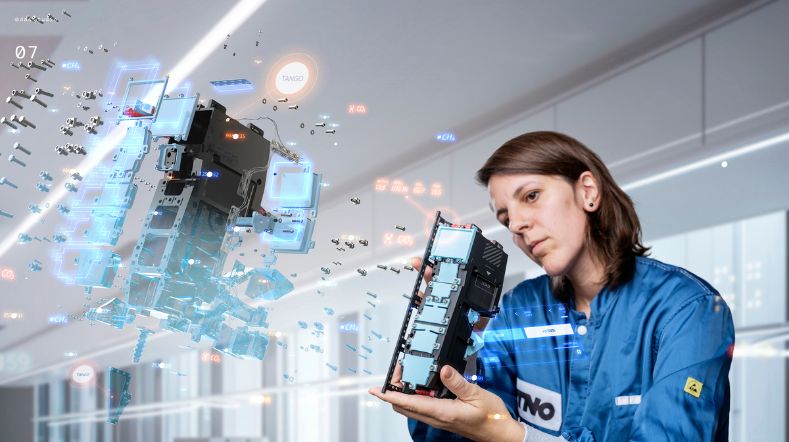

ATACH selects TNO model for climate-related health risks in Kenya
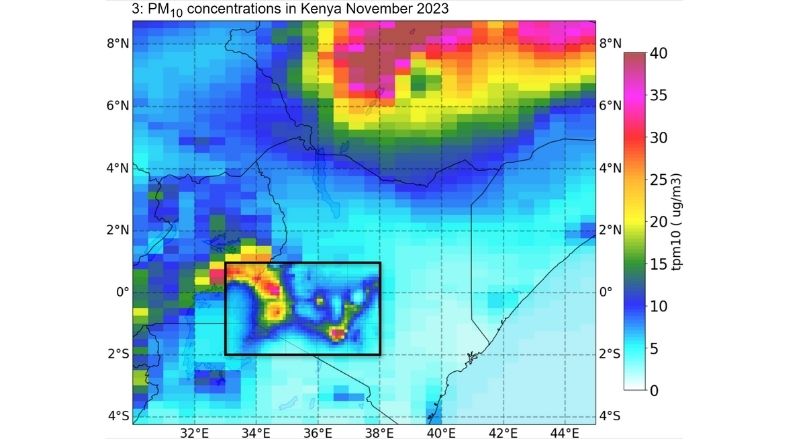

Vacuuming the highway to reduce environmental microplastics from tyres


